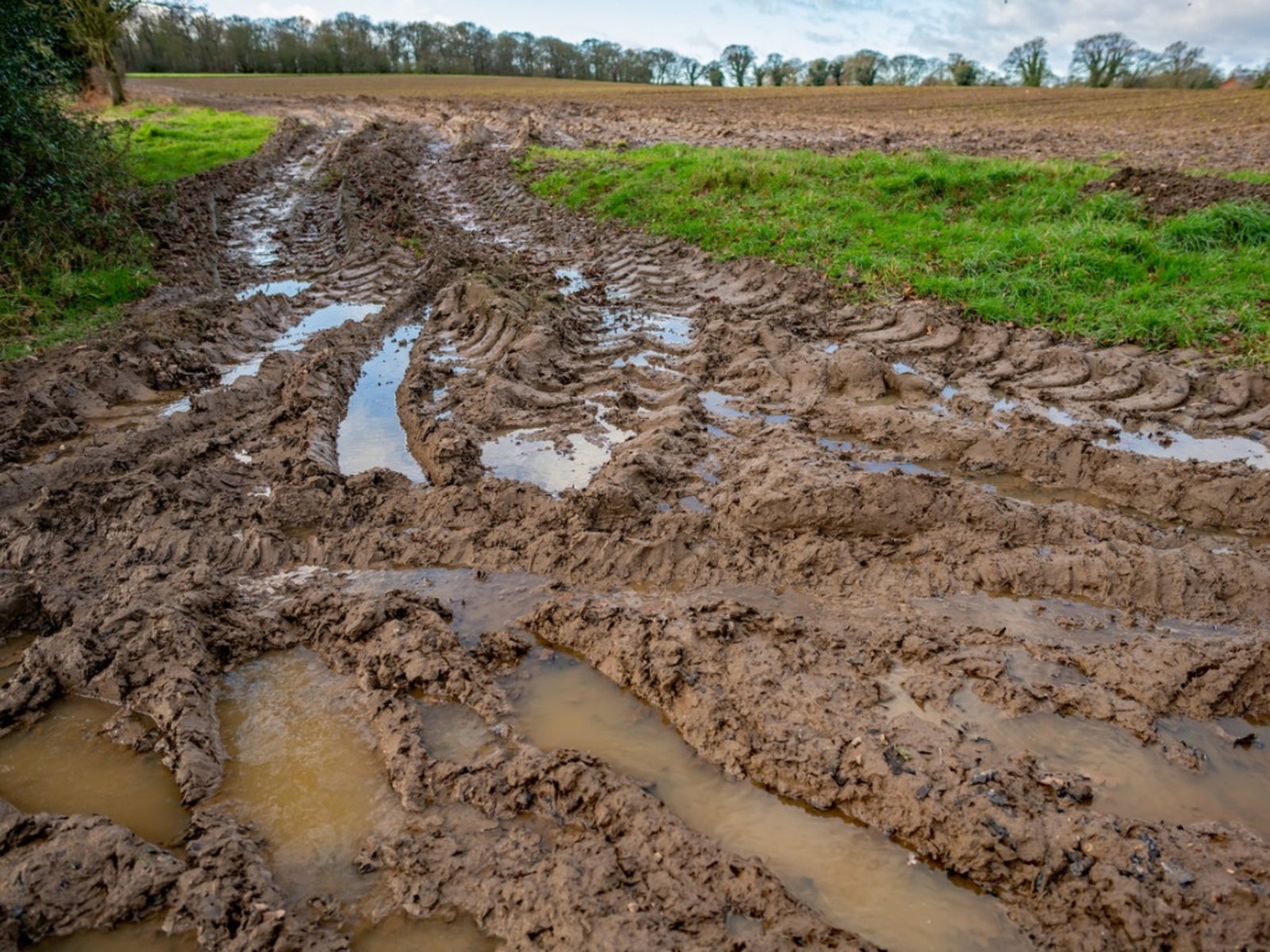Avoiding Wet Soil Tilling: Optimum Water Content For Tillage


The housebound gardener chomps at the bit in winter to get back into their landscape. The urge to get dirty and start the growing process is keenest on a rare sunny day when soils are no longer frozen. Early wet soil tilling might seem to be beneficial and a kick start to planting but it does have its drawbacks. The effect of tillage on wet soil can have long-reaching negative impacts on soil and plant health.
Tilling and Soil Health
Tilling and working soil increases porosity for root growth and moisture penetration and drainage. It also allows the gardener to work in important soil amendments such as compost, leaf litter or other organic aids. Turning the soil allows oxygen to penetrate the earth for root uptake and to aid aerobic bacteria in their composting work. The process also helps to smooth garden bed and allows a chance to remove rocks, invasive roots and other debris, making way for tender seedlings. However, tilling wet soil can also compact the medium, making large chunks that dry into virtual cinder blocks. A compacted soil blocks moisture absorption and prevents root penetration. The optimum water content for tillage varies by soil, but ideally it should be at least mostly dry for the best results.
Effects of Tillage on Wet Soil
Wet soil tilling with farm or garden equipment further compresses the soil where tires and feet weigh it down. These tracks harden as they dry and form effective barriers to moisture dispersal. Tilling and soil health go hand in hand when they are accomplished on dry soils. This beneficial mechanical process brings in air, water and nutrients to needy roots. Tilling wet soil squeezes together soil particles and inhibits seed germination and young root growth. At a minimum you'll have to till again when the soil dries out. In the worst case scenario, you will have to add organic matter, gritty materials or even plant a winter cover crop to help break up the pressurized particles.
Optimum Water Content for Tillage
For a hardcore gardener, waiting until the season starts is similar to the struggle a small child has waiting until Christmas morning. The desire to get going is normal, but you should resist overworking soggy spring soils. Well amended beds with plenty of organic matter resist compaction when wet much better than clay or loam. The soil should be dry to the touch in the top 6 to 8 inches (15-20 cm.), with no held moisture in the lower zones of the bed. The effect of tillage on wet soil is simply not worth the impulse to till soggy garden beds. Better to spend some time perusing those seed catalogs and planning the landscape while you wait for a cessation in rain and some sunny rays to dry out the beds.
Sign up for the Gardening Know How newsletter today and receive a free copy of our e-book "How to Grow Delicious Tomatoes".

Bonnie Grant is a professional landscaper with a Certification in Urban Gardening. She has been gardening and writing for 15 years. A former professional chef, she has a passion for edible landscaping.